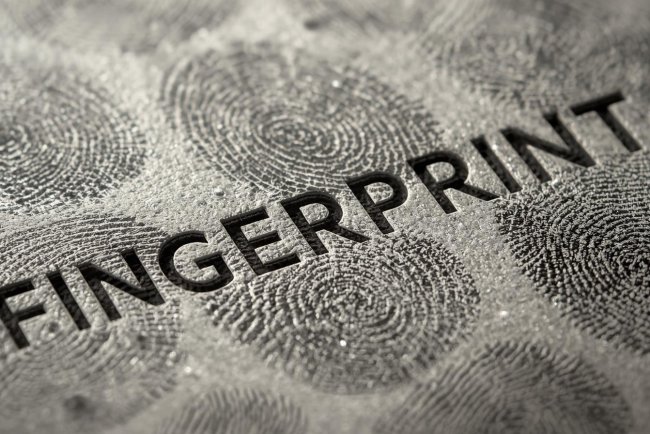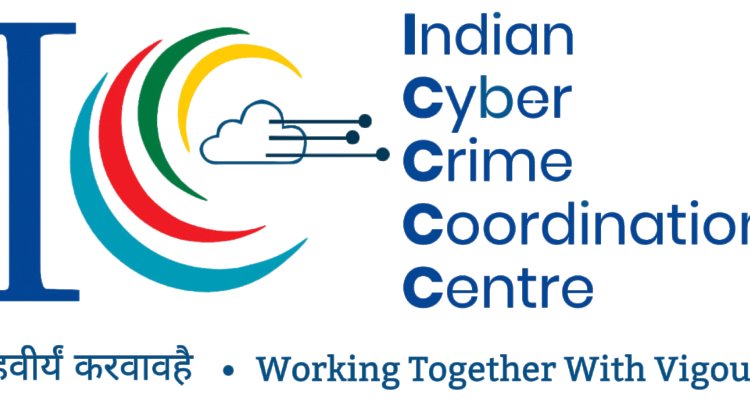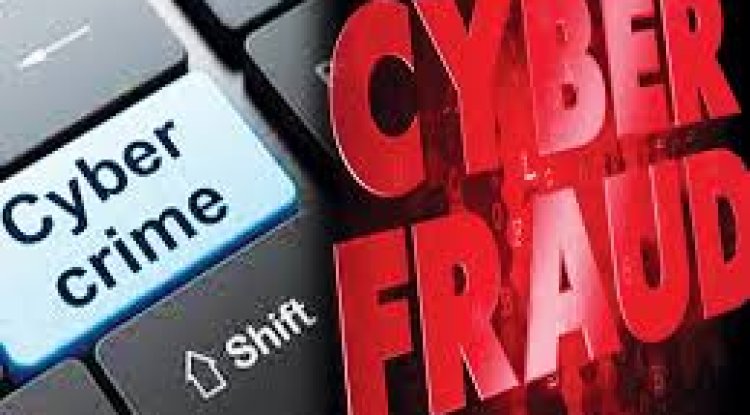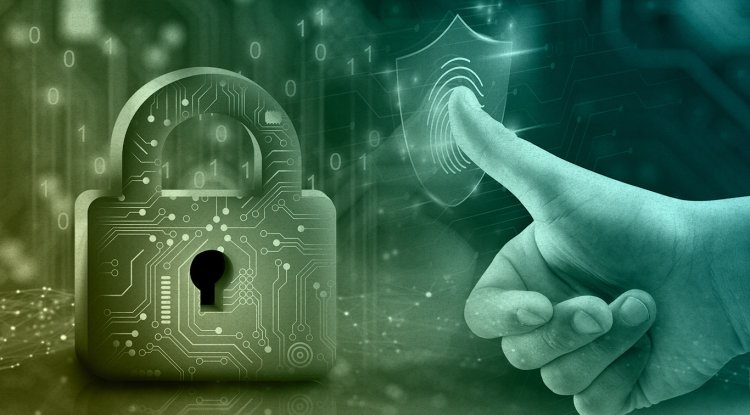A case of hacking – standard operating procedure (SOP)
When hacking occurs—that is, when someone gains unauthorised access to a computer resource—the following standard operating procedures (SOPs) may be followed.
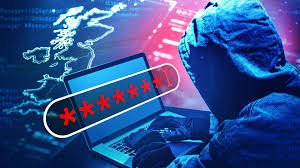
If someone uses a computer without the owner's or the person in charge of it's consent, it is a crime punished under section 66 I T At, according to the elements listed under section 43 sub-class "a." Thus, this section applies to unauthorised access, also referred to as "hacking."
It is possible to gather computer system logs in order to prove unauthorised access. Server logs, file transfer protocol (FTP) logs, firewall logs, and web logs are examples of computer system logs. Analysing these records and determining the IP addresses linked to theIt is possible to detect and gather illegal access on a compact disc under the mediator report cover. With the assistance of an expert, this analysis can be completed, and the process may be documented.
It is necessary to examine the relevant individuals who oversee the compromised computer or server and document their comments, including the following details: what security measures were in place at the time of the hacker discovery?
Using the information supplied by the Internet service providers, the source of the suspected IP addresses can be identified after they have been identified.
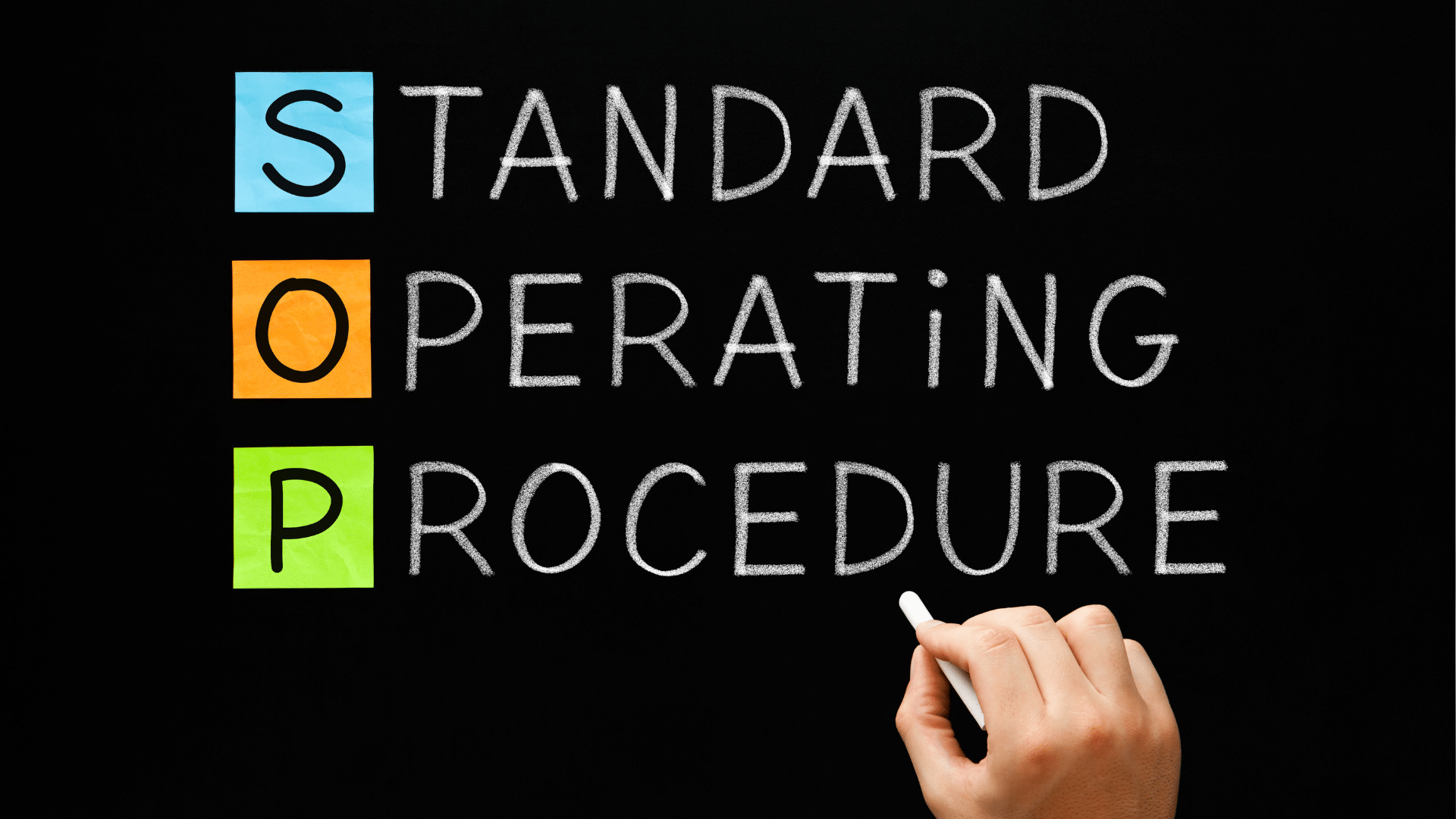
The IP Addresses may be searched for lookup on websites like
APNIC,https://www.domaintools.com/, www.whois.nethttp:/etc the IP Address assignee, which can be usually am Internet Service
Provider (ISP) information may be ascertained.
The identity and address of the individual who gained unauthorised access are known in the following stage, which involves writing or emailing the ISP to seek the end user details of the IP addresses.
As a result, the suspect can be located, questioned, and if he confesses, his confession can be recorded in front of mediators. Following the confession, the offender may request the recovery of the crime tool, which could be a computer, laptop, or cell phone used to commit the crime.
The Forensic Science Laboratory (FSL) may receive the recovered tool of offence (computer, laptop, or mobile device) under a Letter of Advice together with an appropriate, pertinent questionnaire, and an analytical report may be obtained.
In these situations, the expert's specific task is to examine the MO for the existence of an intellectual property, any hacking tools, or any electronic proof connecting the hacker's computer to the target computer, then retrieve and provide it.
The IO may also retrieve the device, such as a data card, that the accused uses to access the Internet in these situations. Additionally, the ISP's nodal officer must be examined.
Thus, appropriate oral, circumstantial, scientific, and documented (electronic) evidence may be used to support the argument.
Website defacement cases will fall under this category as well, therefore a similar course of inquiry may be taken to identify the perpetrators.
A Letter of Request (Letter Rogatory) must be issued in accordance with section 166-A of the Criminal Procedure Code/ BNSS and the Central Bureau of Investigation's (CBI) recommendations must be adhered to in order to obtain evidence and information from other nations.
Follow cyberdeepakyadav.com on
Facebook, Twitter, LinkedIn, Instagram, and YouTube
What's Your Reaction?








